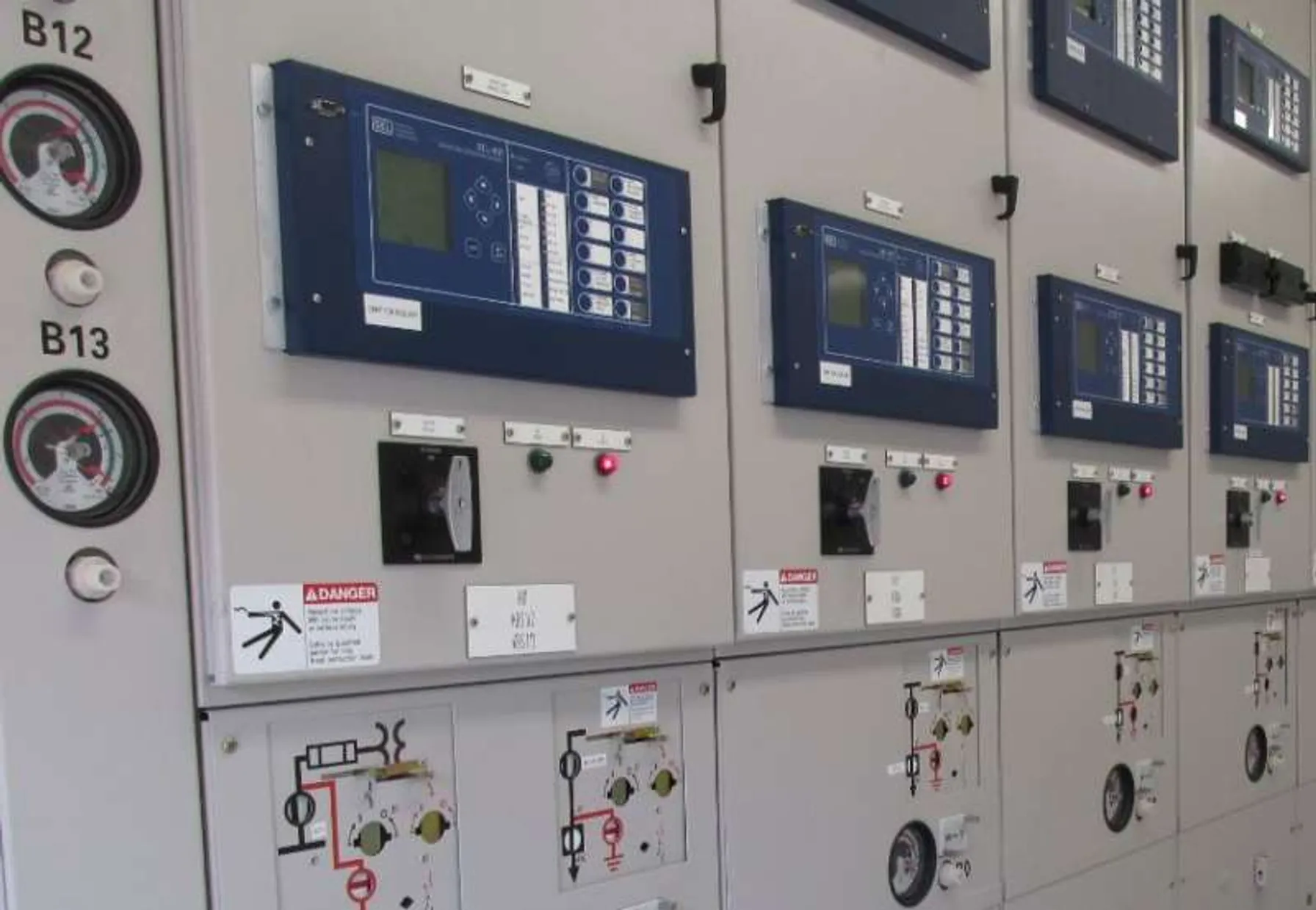- A procedure or technical rationale for selecting known outages of generation and Transmission Facilities;
- Coordination with protection engineers to obtain the necessary data to perform the single points of failure analysis required by the standard; and
- Additional analysis required due to changes in the standard.
Under the proposed NERC TPL-001-5 standard, utilities with transmission planning responsibilities will be required to identify reliability risks related to protection system failures and take mandatory corrective action. It will be critical to have an in depth understanding of your company’s protection system settings and to perform the system studies necessary to identify where single points of failure may result in cascading tripping of transmission elements. Mitigation actions may require the installation of redundant protection systems which in turn may lead to significant substation redesign. Transmission planners and planning coordinators should begin preparing for any necessary protection system changes.
TPL-001-5 Overview
NERC began studying the reliability risk associated with single points of protection system failure starting in 2011 as directed in FERC Order 754. TPL-001-5 will bring significant changes for Planning Coordinators and Transmission Planners as they perform annual Planning Assessments. There is a new obligation to adequately account for the reliability risk posed by single point of protection system failure via risk-based Assessment.
This reliability risk management approach will be implemented through modifications to the Category P5 Planning Event which is described in Table 1 of the TPL-001-5 standard.
NERC believes that the most cost-effective Corrective Action Plans to address unacceptable system performance for the P5 Planning Events will likely be to add protection system component redundancy in certain cases. Protection system redundancy changes to address Category P5 Event system performance violations should reduce or even negate non-redundant component related risks that need to be considered in assessing transmission system performance. These risks will be identified during simulations of certain extreme events as required under the standard.
TPL-001-5 also addresses reliability risks related to outage management as directed in FERC Order 786. The standard requires utility planners to consider maintenance outages of significant facilities as well as outages for critical long lead time to repair or replace equipment. Specifically, it addresses stability analysis to assess system performance for conditions expected during possible unavailability of long lead time equipment. Although it is not a NERC defined term, it is believed that a “spare equipment strategy will be sufficient to allow flexibility for utilities to conduct both steady state and stability analysis required by TPL-001-5. For example, a utility’s spare equipment strategy may include the warehousing of a replacement transformer to be installed given the failure of an in service transformer. When a utility’s spare equipment strategy may prevent major transmission equipment from being out-of-service for one year or more, this possible equipment unavailability need not be assessed as part of TPL-001-5.
Cross Functional Coordination
Coordination and cooperation between operating and planning entities in concert with asset owners will be required to implement the standard requirements. Planning personnel and system protection personnel will need to collaborate when conducting system planning studies. Coordination with generator owners, transmission owners, and distribution providers will be necessary to evaluate the protection system(s) for locations on the system where a failure of a non-redundant component of a protection system could result in a potential reliability risk. Transmission planners and planning coordinators must obtain this information, as well as resulting fault clearing times, to perform proper studies.
Implementation Plan
An additional 24‐months will be allowed to development and implementation Corrective Action Plans under TPL‐001‐5 for Category P5 planning events stemming from the identification of single points of failure risks in protection systems.
Next Steps
Utilities should review the details of proposed TPL-001-5 and identify planning and protection process changes that are needed to assure compliance. NERC has prepared an in-depth technical rational paper to assist with the transition and explain the basis for the changes. It is important to begin to identify which protection systems may require modification under the new standard. The industry passed the standard with a narrow approval margin. The NERC Board of Trustees will consider the next step of sending it to FERC at its November 7, 2018 meeting. If approved by the NERC Board of Trustees and FERC, the standard is expected to become effective later in 2019.





